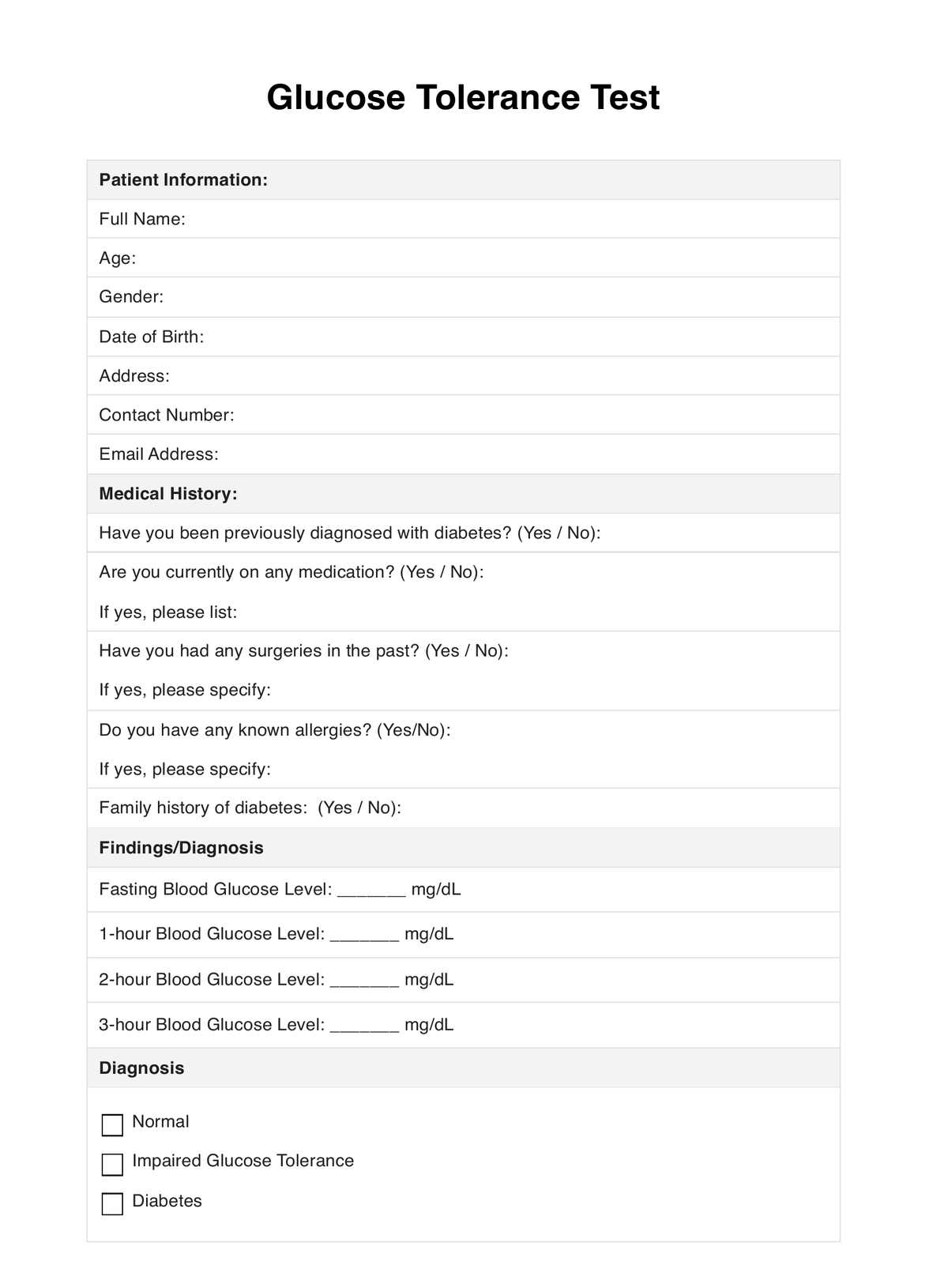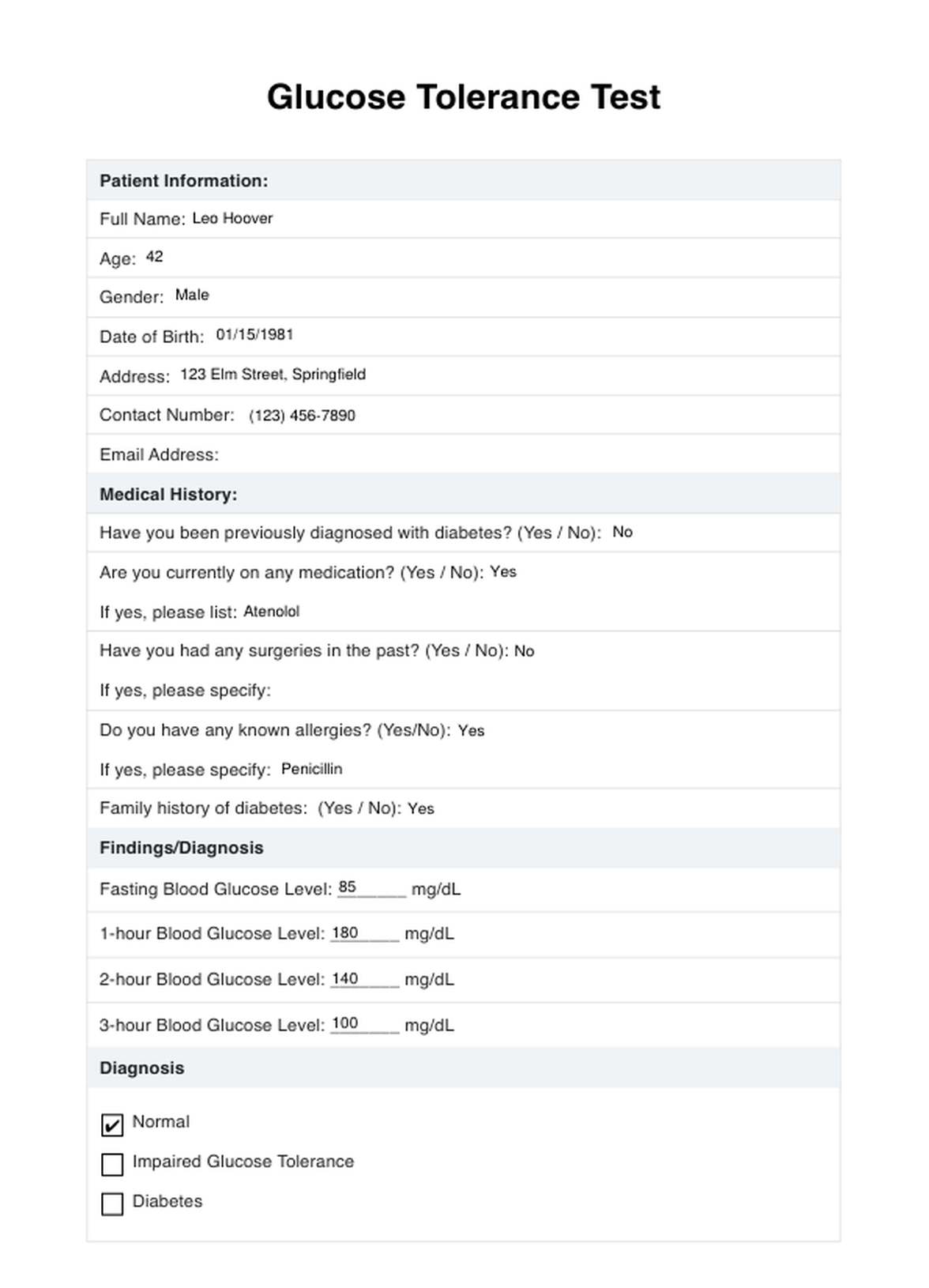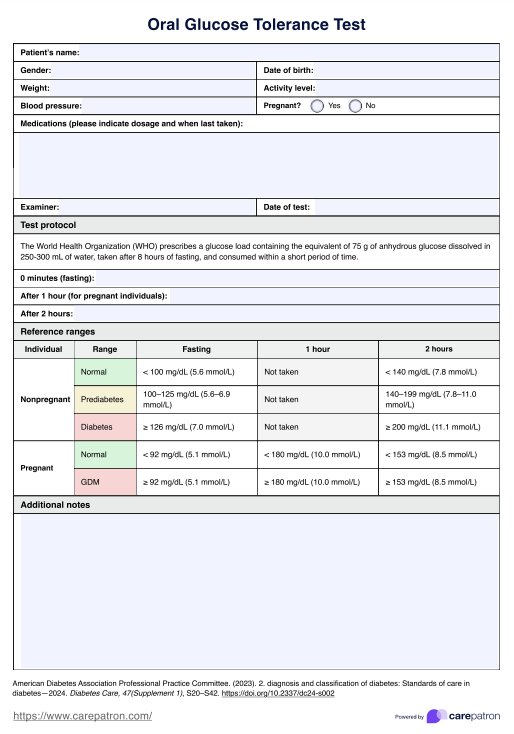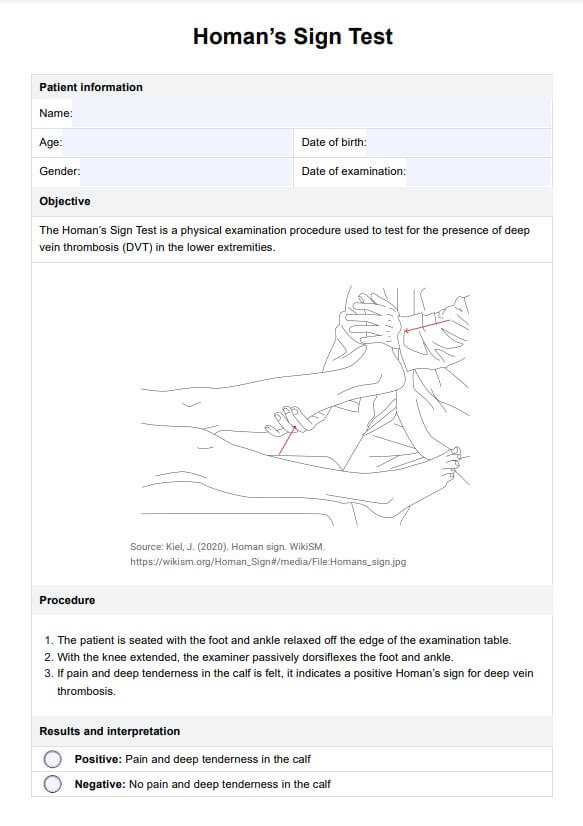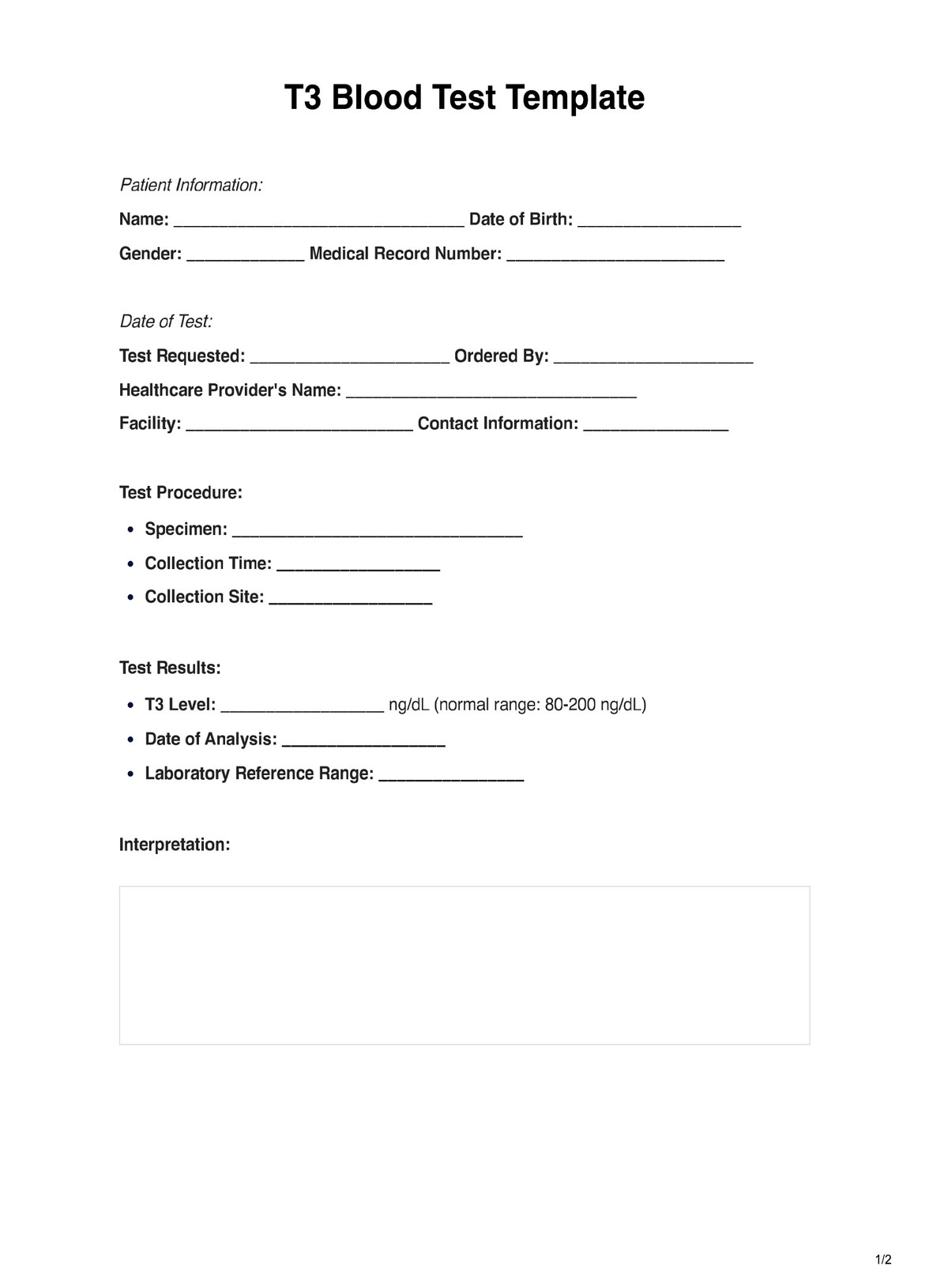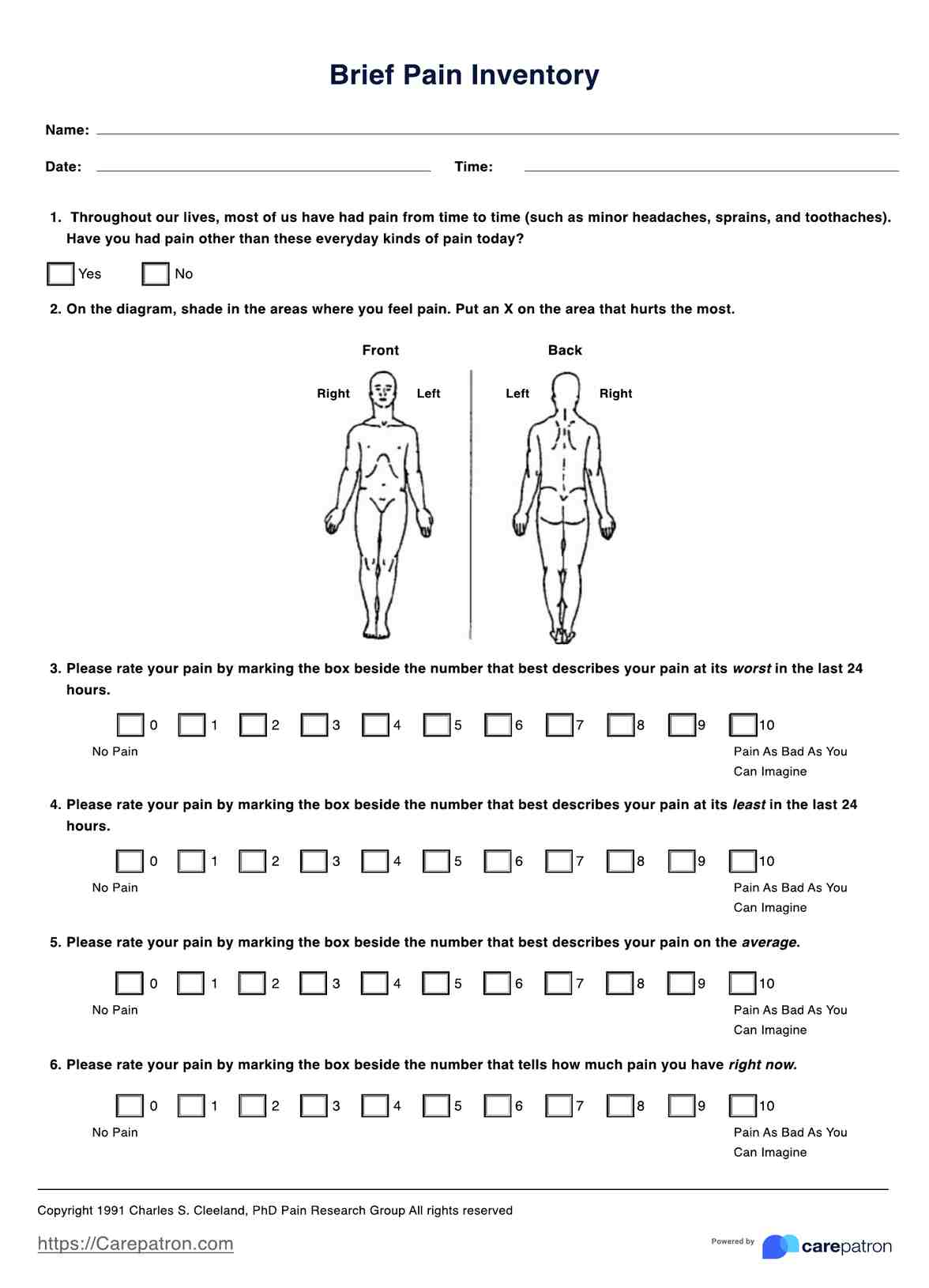Glucose Tolerance
Dive deep into the Glucose Tolerance Test, its significance in diagnosing diabetes, and its procedures. Get a free PDF download!


What is a Glucose Tolerance Test?
In the dynamic realm of diagnostic medicine, understanding the nuanced intricacies of various tests is paramount. For healthcare professionals who are perpetually on the quest for precision and accuracy, the Glucose Tolerance Test stands out as a crucial tool, especially in endocrinology and diabetes management.
The Glucose Tolerance Test, commonly abbreviated as GTT, is a diagnostic procedure designed to evaluate the body's ability to metabolize and manage glucose. This simple sugar serves as a primary energy source. While glucose is vital for cellular function, its dysregulation can have far-reaching health implications. This is where the GTT enters, offering a window into the body's glucose regulatory mechanisms.
Administered typically after an overnight fast, the test involves the monitored ingestion of a concentrated glucose solution, followed by periodic blood sampling to measure glucose concentrations. These measurements, taken for hours, provide insights into how effectively the body processes the ingested sugar. The patterns observed can indicate normal glucose metabolism, impaired glucose tolerance, or even diabetes.
With the global rise in diabetes cases, early detection and intervention have never been more vital. The GTT is a frontline diagnostic measure, especially for conditions like gestational diabetes, which can impact maternal and fetal health.
Understanding the GTT is more than just knowing the procedure for any healthcare professional. It's about appreciating its role in patient care, its implications for treatment, and its potential to transform lives through early detection and intervention. Dive deeper into this resource to grasp the full scope, nuances, and clinical relevance of the Glucose Tolerance Test.
Glucose Tolerance Test Template
Glucose Tolerance Test Example
How Does it Work?
The Glucose Tolerance Test (GTT) is a systematic procedure that hinges on the body's physiological response to glucose. While the test itself is straightforward, the underlying mechanisms and the data it provides are profound in their implications. Here's a breakdown of the steps of GTT:
Step 1: Patient Information Collection
Begin by recording essential patient details. This includes name, age, gender, contact information, and address. This foundational data ensures patient traceability and record linkage.
Step 2: Documenting Medical History
A thorough medical history is crucial. It offers context, indicating if the patient has a history of diabetes, current medications, past surgeries, known allergies, and any family predisposition to diabetes.
Step 3: Administering the Test
Obtain a baseline blood sample after ensuring the patient has fasted (typically overnight). Then, provide the patient with the standardized glucose solution. This "glucose challenge" is central to the test.
Step 4: Periodic Blood Sampling
Draw blood at regular intervals over the next few hours (usually three). These samples will trace the trajectory of blood glucose levels, providing the data necessary for diagnosis.
Step 5: Analysis and Diagnosis
Analyze the blood samples to chart glucose levels at each time point. Patterns in these levels will determine if the patient's glucose tolerance is standard, impaired, or indicative of diabetes.
Step 6: Recommendations and Follow-up
Healthcare professionals can recommend lifestyle changes, medications, or further tests based on the results. Document these recommendations in the form for future reference. You should also include this information in the patient's electronic health records.
Lastly, always ensure that the form is in a printable format, making it easy for healthcare professionals to use the Printable Glucose Tolerance Test as a physical record or to share with patients.
When Would you use this Test?
The Glucose Tolerance Test (GTT) is a significant diagnostic tool, but its application must be judicious and based on specific clinical scenarios. For practitioners, discerning the right circumstances for its deployment is essential. Here's when the GTT becomes particularly relevant:
Suspected Diabetes
If a patient presents with symptoms suggestive of diabetes, such as excessive thirst, frequent urination, unexplained weight loss, or persistent fatigue, the GTT can be an effective diagnostic tool. It provides a dynamic picture of glucose metabolism beyond what a single fasting glucose test might reveal.
Gestational Diabetes Screening
For pregnant women, typically between the 24th and 28th weeks of gestation, the GTT is employed to screen for gestational diabetes. This form of diabetes emerges during pregnancy and can pose risks to both mother and baby.
Prediabetes Assessment
Individuals with risk factors for type 2 diabetes—like obesity, a sedentary lifestyle, or a family history of diabetes—can benefit from the GTT. The test can detect impaired glucose tolerance, a precursor to diabetes, allowing for early intervention.
Postpartum Check
Women who were diagnosed with gestational diabetes should undergo a GTT six to twelve weeks after giving birth. This helps determine if diabetes persists outside of pregnancy.
Polycystic Ovary Syndrome (PCOS)
Women with PCOS have an increased risk of insulin resistance. The GTT can assist in evaluating glucose metabolism in these individuals guiding management strategies.
Medication Side Effects
Some medications can impact glucose metabolism. In patients on such drugs who exhibit symptoms of hyperglycemia, the GTT can shed light on whether the medication affects glucose tolerance.
For healthcare practitioners, judiciously using the Glucose Tolerance Test means recognizing these scenarios and understanding when the test can provide valuable insights. Professionals can ensure timely interventions, better patient care, and optimal health outcomes by pinpointing the right situations and employing the GTT appropriately.
What do the Results Mean?
Interpreting the Glucose Tolerance Test (GTT) is a nuanced process. The results, represented by blood glucose levels taken at specific intervals after glucose ingestion, can provide a comprehensive picture of an individual's glucose metabolism. Let's delve into the standard results and their implications:
Normal Response
A typical response to the glucose challenge sees blood glucose levels peak shortly after ingestion, followed by a steady return to baseline levels within two to three hours. Specifically:
- Fasting: Below 100 mg/dL
- 2 hours post-glucose: Below 140 mg/dL
A normal response indicates efficient glucose metabolism, with the body's insulin response effectively managing the influx of glucose.
Impaired Glucose Tolerance (IGT)
This is an intermediate stage between normal glucose metabolism and diabetes.
- Fasting: 100 to 125 mg/dL
- 2 hours post-glucose: 140 to 199 mg/dL
IGT suggests that while the body is still producing insulin, it's not using it effectively. Individuals with IGT have a higher risk of developing type 2 diabetes and cardiovascular disease.
Diabetes
- Fasting: 126 mg/dL or higher
- 2 hours post-glucose: 200 mg/dL or higher
A diagnosis of diabetes implies a significant disruption in glucose metabolism. It suggests either insufficient insulin production or significant insulin resistance. Such individuals require medical intervention, lifestyle changes, and ongoing monitoring.
Gestational Diabetes
For pregnant women, the thresholds differ slightly. Elevated glucose levels post-ingestion can indicate gestational diabetes, necessitating close monitoring for the remainder of the pregnancy and potential dietary or medical interventions.
Understanding these results is paramount for healthcare professionals. It guides subsequent recommendations, interventions, and patient management strategies. Professionals can offer timely advice by ensuring accurate interpretation, preventing potential complications, and optimizing health outcomes.
For those keen on a hands-on understanding, a Free Glucose Tolerance Test sample with annotated results can be a valuable resource, offering tangible insights into the nuances of GTT interpretation.
Commonly asked questions
Endocrinologists, general practitioners, or obstetricians typically request a Glucose Tolerance Test (GTT). While endocrinologists may request it for patients showing symptoms of diabetes or metabolic disorders, obstetricians often use it to screen for gestational diabetes in pregnant women. General practitioners recommend it based on a patient's risk factors, symptoms, or family history.
The test begins with a fasting blood sample to measure baseline glucose levels. After this, the patient consumes a specified glucose solution. Subsequent blood samples are taken regularly, usually over three hours, to measure the body's response to the glucose challenge. The pattern of glucose levels over time helps determine if a person has normal glucose metabolism, impaired glucose tolerance, or diabetes.
A standard Glucose Tolerance Test usually takes about three to four hours from start to finish. This includes the initial fasting blood draw, the waiting period after consuming the glucose solution, and the subsequent blood draws at specified intervals (typically every 30 to 60 minutes for up to three hours).


